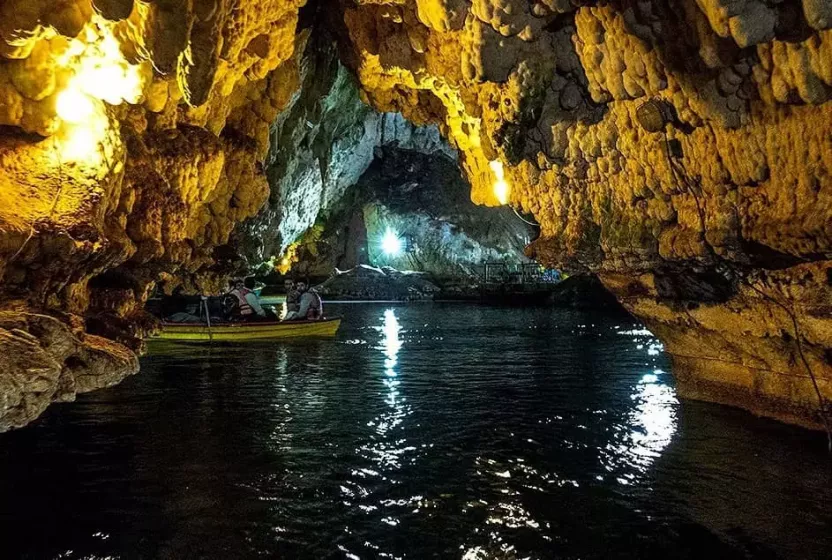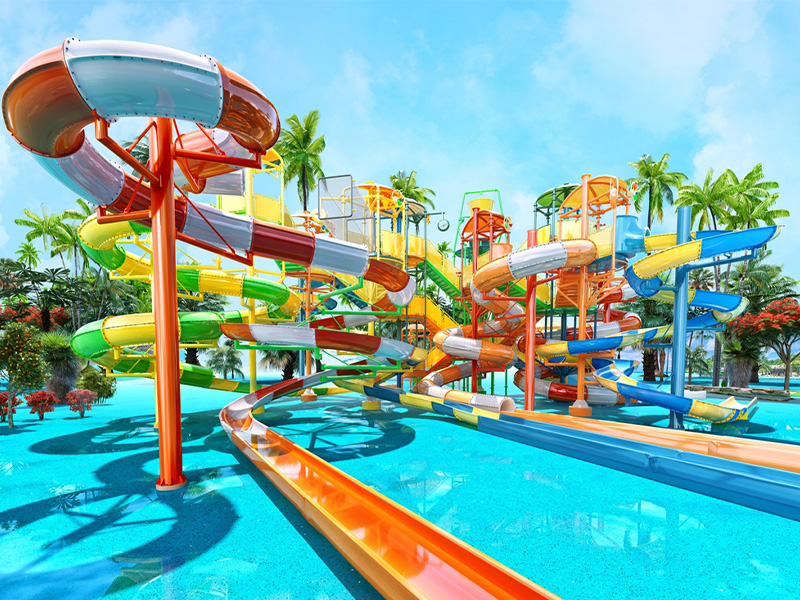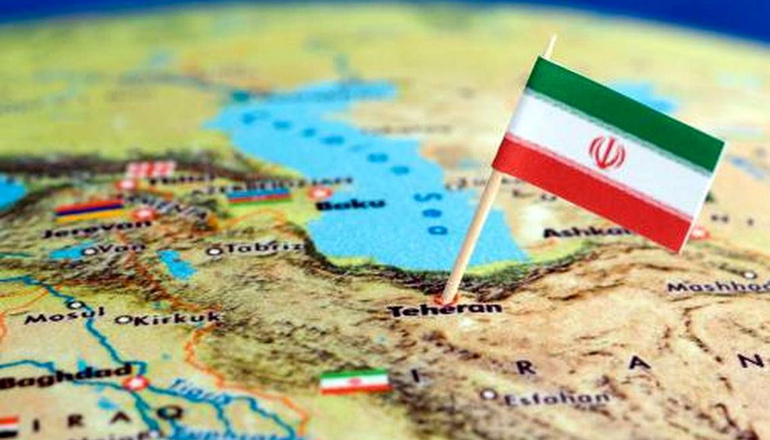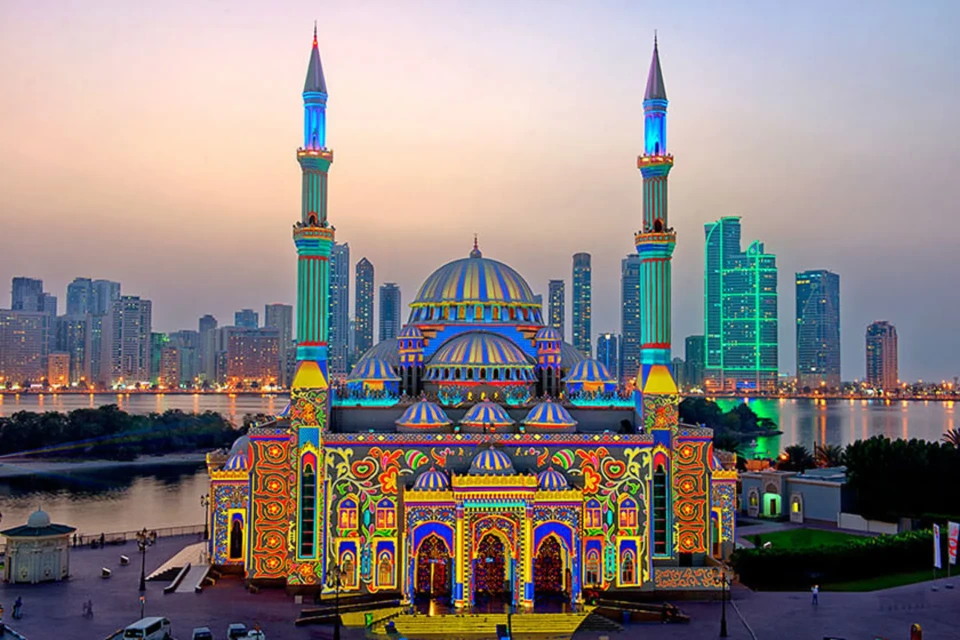Suhulun Cave: A Journey into the Mysteries of Iran’s Subterranean Beauty
Caves are mysterious worlds full of wonders that always beckon people to uncover their secrets and mysteries. A world that, when explored, will leave you amazed by the hidden beauty, dispelling previous notions of caves being frightening places with strange sounds and bats. Instead, you’ll become enchanted, almost madly in love with these natural and extraordinary attractions.
In this article, join Gulf City Pedia as we introduce one of the most fascinating and spectacular caves in Iran. A cave that will captivate you after visiting, making you want to see it not just for the second time, but countless times. So, join us in spelunking, exploring the magical Suhulun Blue Cave.
Everything you need to know about Suhulun Cave:
Where is Suhulun Cave located?
Why is it named Suhulun?
Suhulun: A Enchanting Cave
What features does Suhulun have?
Who are the inhabitants of Suhulun Cave?
How was Suhulun Cave discovered?
Where to stay during a trip to Suhulun?
How to get to Suhulun Cave?

Where is Suhulun Cave?
If you’re planning to embark on a journey at the earliest opportunity and have chosen to include a visit to a natural attraction, Gulf City suggests placing Suhulun Blue Cave at the top of your list, as you will never regret seeing it. So, where is Suhulun located in which city and region?
Suhulun is one of the unique attractions that you should look for in the west of the country, in the land of Azerbaijan. Plan your travel route for West Azerbaijan province, as this cave is one of the wonders of Maku and is located 43 kilometers southeast of this city, on the Maku-Bukan route. The village of Suhulun and the foothills of the Kootor mountain range have embraced the fascinating Suhulun.
Now, gather your travel essentials and get ready to encounter an unknown world within the depths of the earth.
Why is it named Suhulun?
Suhulun Cave is located near the village of Suhulun, which may be the reason it is called by this name. In the Kurdish language, this region is called “Suhul,” meaning ice. In addition to this name, the local people refer to it as “Kooneh Kootor,” meaning “pigeon nest,” due to the nesting and life of pigeons in this cave. They use “Kooneh Kootor” for the watery part of the cave and “Kooneh Malan” for the dry part. “Malan” means shelter.
Suhulun: A Enchanting Cave
Caves are unknown worlds within mountains and beneath the ground, initially not thought to contain such mesmerizing beauty. However, all it takes is stepping inside to be enthralled by their splendor. Suhulun is one of the most extraordinary caves and the second underwater cave in Iran, dating back to the second geological era, the Cretaceous. Today, it serves as one of the tourist attractions in West Azerbaijan province.
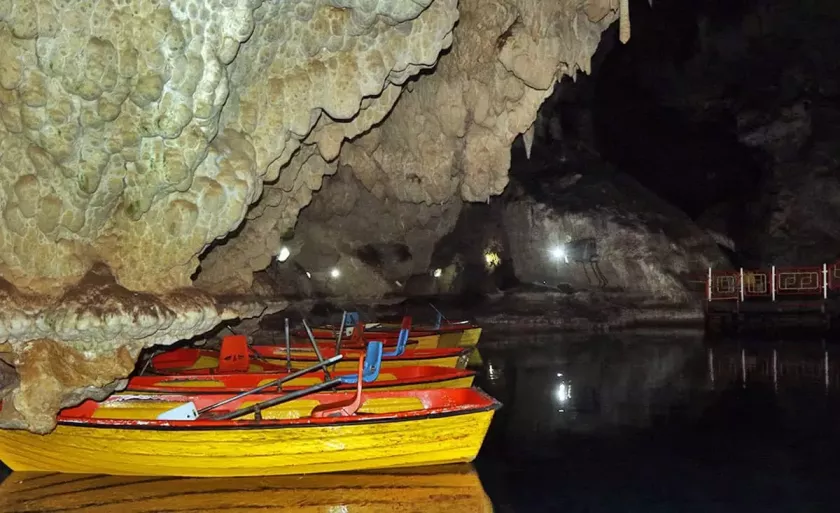
Every corner of this limestone cave is filled with captivating sights. Beautiful stalactites adorn the ceilings and walls of Suhulun, showcasing various limestone formations created by the erosion of water and the development of rock slides. Shapes like a mermaid, octopus, sea snake, elephant’s footprints, lion, and grape clusters are among them, providing the best subjects for memorable photographs.
One of the most thrilling activities in this cave is boating in its lakes and pools. With just a glance, you can unravel the secrets within them, as these lakes are filled with clear and pristine waters that allow visibility for several meters. Boating in these lakes, passing through the corridors of Suhulun, listening to the enchanting sounds – all these experiences will etch lasting memories of your visit to this place.
Suhulun Cave Features:
Suhulun has two entrances, one with 178 steps and the other with 107 steps, allowing you to enter from one and exit from the other. By descending these steps, you reach a depth of 30 meters. However, as you approach the cave’s depth and floor, air pressure increases, and oxygen decreases, reaching 78% humidity. The cave consists of two sections, aquatic and terrestrial, providing both a spelunking experience and the opportunity for boating with three ponds or lakes within defined limits. The average depth of these ponds is 15 meters, with the deepest part reaching 31 meters. The temperature difference between the inside and outside of the cave is 10 to 15 degrees, varying between 10 to 13 degrees Celsius in summer and winter. The cave’s humidity ranges between 70% to 80%, fostering green and brown moss covering the rocks and cliffs due to the high humidity.
Other unique specifications of the cave include:
Discovered Area: Approximately two hectares
Discovered Aquatic Path Length: 300 meters
Discovered Terrestrial Path Length: 300 meters
Main Hall Dimensions: 58 meters by 42 meters
Cave Ceiling Height: 50 meters
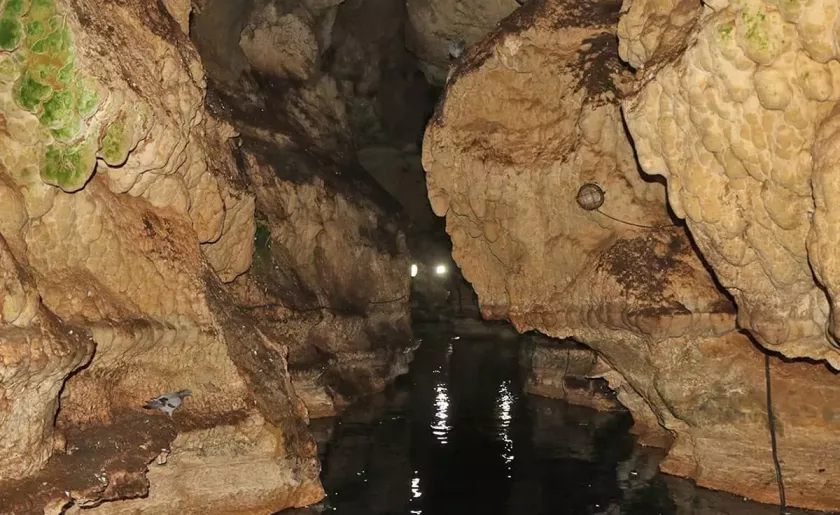
Inhabitants of Suhulun Cave:
Let’s explore who resides in this cave. Interestingly, the inhabitants of Suhulun are not mythical creatures seen in movies or heard in stories; rather, they are ordinary creatures such as pigeons, leeches, mudskippers, bats, and small microorganisms that live in the water. Beetles construct numerous nests for dwelling and living in Suhulun, and bats have built roosts in various parts of the cave. Due to the darkness and absence of light, no algae grow in the water of Suhulun’s lakes, and only microscopic organisms are present.
How was Suhulun Cave Discovered?
The story of Suhulun gaining fame dates back to 1890 when French archaeologist Jacques Demorgan, with the help of locals and candles, entered the cave and even created a map, which holds significance to this day. Jacques mentions this location in his book “Geography of Iran,” although it is not found in other sources. During World War II, a British team and in 1375 (Solar Hijri calendar), Iranian cave explorers continued the study. Archaeological findings include the main corridor, a large hall, and entrance passages with pottery belonging to the Achaemenid and Ilkhanid periods.
Suhulun Cave, which has been a tourist attraction since 1379 (Solar Hijri calendar), is registered in Iran’s natural and national heritage list and is part of the protected areas under the Environmental Protection Organization.
Where to Stay During a Trip to Suhulun:
After caving in Suhulun, you can spend the night at the ecotourism accommodation “Ali Yekbar” in the village of Suhulun. This allows you to enhance your travel experience by exploring other tourist attractions in the region.
How to Get to Suhulun Cave:
This cave is located in the village of Suhulun, near the village of Eisa Kand, on the secondary road (Borhan) of Maku-Bukan. You can reach the cave by car and cover a short distance on foot. Interestingly, there is a region along the cave route with a signboard titled “Reverse Attraction,” where the road descends due to mountain gravity, reducing the car’s speed and acceleration.
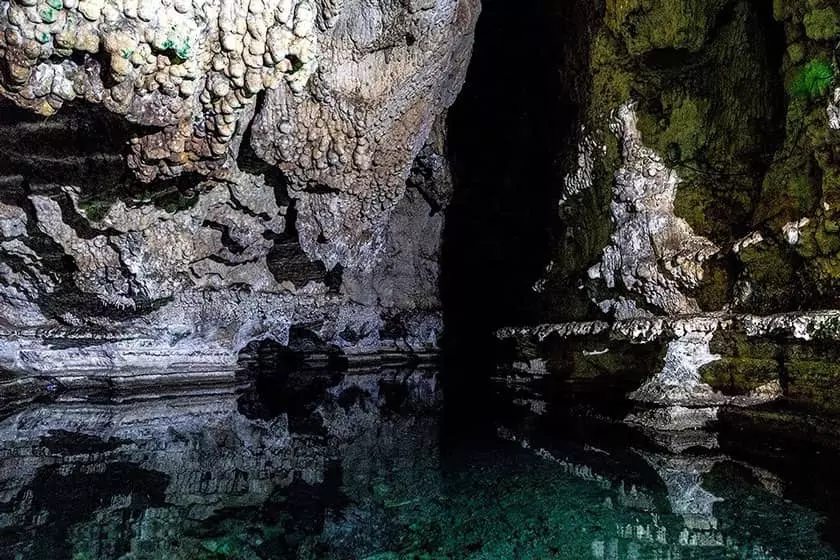
Frequently Asked Questions:
Where is Suhulun Cave located?
Suhulun Cave is located in West Azerbaijan province, 43 kilometers southeast of Maku, on the Maku-Bukan route.
How to get to Suhulun Cave?
The cave is situated in the village of Suhulun, near the village of Eisa Kand, on the secondary road (Borhan) of Maku-Bukan. You can reach the cave by car and cover a short distance on foot.
What is the origin of the name Suhulun Cave?
The cave is located near the village of Suhulun, possibly named after this proximity. In the Kurdish language, this region is called “Suhul,” meaning ice.
Where to stay during a trip to Suhulun?
After exploring Suhulun Cave, you can stay at the ecotourism accommodation “Ali Yekbar” in the village of Suhulun.

